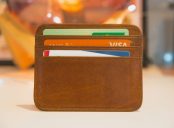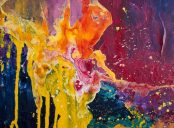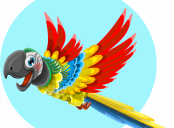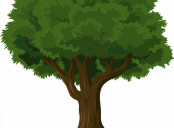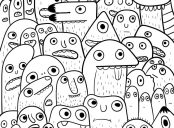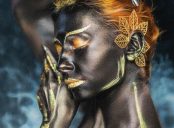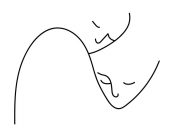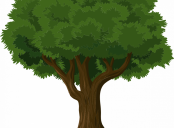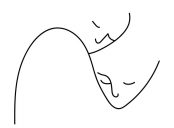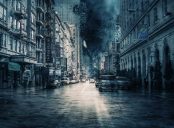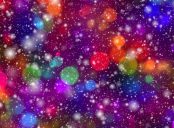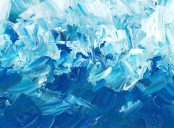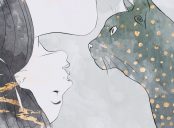NFT Konst: En Revolution inom den Digitala Konstvärlden
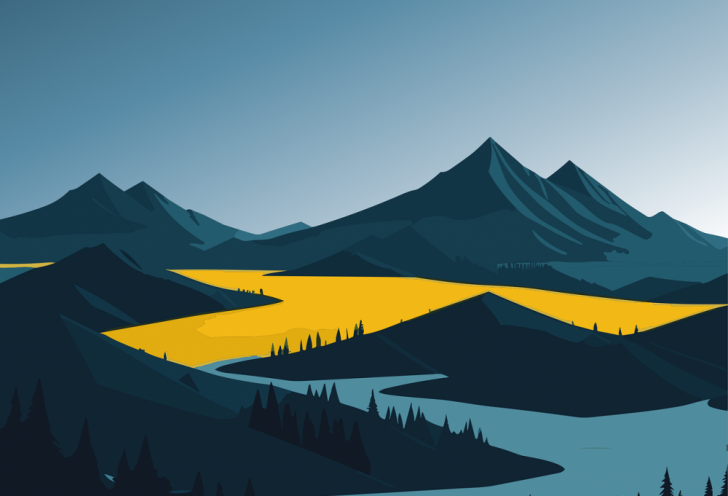
NFT Konst: En Revolution inom den Digitala Konstvärlden
Introduction:
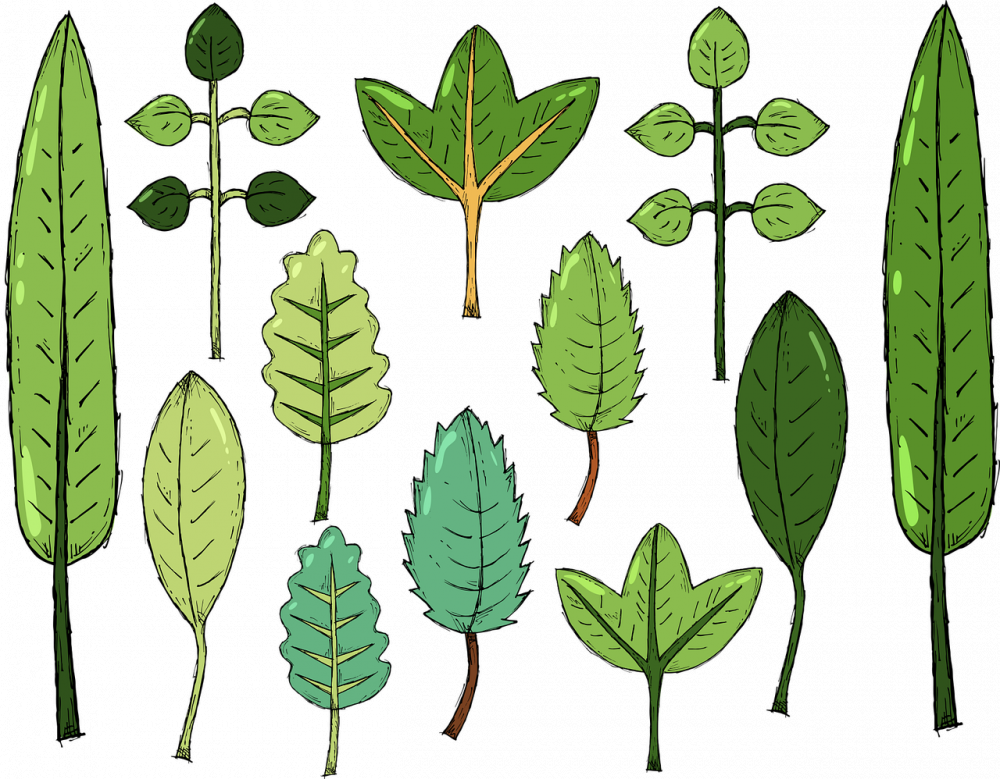
NFTs, or Non-Fungible Tokens, have taken the art world by storm, transforming the way we perceive and trade digital artworks. In this article, we will delve into the world of NFT art, providing an extensive overview of what it is, the different types that exist, popular artists and platforms, as well as quantitative measurements to understand its market value. We will also discuss the variations within NFT art and its historical advantages and disadvantages. Join us as we explore the digital revolution that is NFT art.
En Översikt över NFT Konst
The digital art industry has witnessed a profound shift with the emergence of NFTs. NFT stands for Non-Fungible Token, which essentially means that each artwork is unique and cannot be exchanged on a one-to-one basis like traditional currencies. Unlike traditional art forms, NFT art exists purely in the digital realm and can be bought, sold, and traded using blockchain technology.
NFT art encompasses various forms, such as digital paintings, animations, virtual reality experiences, and even music. Artists can create these digital works using different tools and software, often leveraging their expertise in graphic design, coding, or even AI technology. The flexibility of NFT art allows for experimentation and innovation in ways that were previously unimaginable.
En Omfattande Presentation av NFT Konst
NFT art can be showcased on different platforms, with some of the most popular ones being OpenSea, SuperRare, and Rarible. These platforms enable artists to mint and sell their digital artworks as NFTs, ensuring authenticity, provenance, and ownership. It is essential to note that NFT art ownership is recorded on the blockchain, providing transparency and traceability.
Some notable artists have gained prominence in the NFT art space. Beeple, for example, sold a digital artwork for a record-breaking $69 million at an auction, solidifying the market’s potential and attracting mainstream attention. Other artists like Pak, Fewocious, and XCOPY have also made significant contributions to the NFT art scene, creating unique and captivating digital pieces that resonate with collectors worldwide.
Kvantitativa Mätningar om NFT Konst
Quantitative measurements are crucial to understanding the value and growth of NFT art. Marketplaces like OpenSea provide valuable data on sales volume, average sale prices, and most popular categories. These insights help investors, artists, and enthusiasts make informed decisions about the market.
NFT art has brought about a surge of interest in blockchain technologies, leading to an increase in the number of wallets and transactions. According to recent statistics, the total volume of NFT sales reached $2.5 billion in the first half of 2021 alone, showcasing the immense potential and demand for these digital assets. Moreover, individual artworks have fetched millions of dollars, creating a new paradigm for the valuation of digital art.
En Diskussion om Variationer inom NFT Konst
Despite the overall umbrella of NFT art, there are significant variations within this emerging medium. Artists employ different techniques, styles, and concepts to create unique digital masterpieces. Some focus on the fusion of traditional and digital art, while others explore the boundaries of virtual reality and augmented reality. NFT art also provides opportunities for collaboration between artists, resulting in innovative and groundbreaking creations.
The variations within NFT art extend beyond the artistic aspect. There are different blockchain networks that support NFTs, such as Ethereum and Tezos, each with its unique features and possibilities. These networks contribute to the diversity of NFT art and shape the overall ecosystem in which it operates.
En Historisk Genomgång av För- och Nackdelar med NFT Konst
As with any disruptive technology, NFT art has its advantages and disadvantages. On the positive side, NFTs provide artists with a new revenue stream, allowing them to monetize their digital creations in an otherwise challenging market. Additionally, NFTs enable artists to retain control over their work and receive royalties whenever their art is resold.
However, there are also concerns surrounding the environmental impact of NFT art due to the energy consumption associated with blockchain networks. Critics argue that the carbon footprint created by the energy-intensive mining of cryptocurrencies undermines the sustainability of the art industry.
: [Infoga videoklipp som djupdyker i någon aspekt av NFT-konst, t.ex. en intervju med en framstående NFT-konstnär eller en virtuell utställning av NFT-konstverk.]
Conclusion:
NFT art has revolutionized the digital art landscape, offering a new medium for artists to express themselves and for collectors to own unique digital creations. With its myriad of possibilities, NFT art has attracted mainstream attention and disrupted traditional notions of art ownership. As technology continues to evolve, NFT art’s future remains promising, with further advancements and innovations on the horizon. The fusion of blockchain technology and digital art has opened up exciting possibilities for the art world, creating a new era in which creativity knows no bounds.




